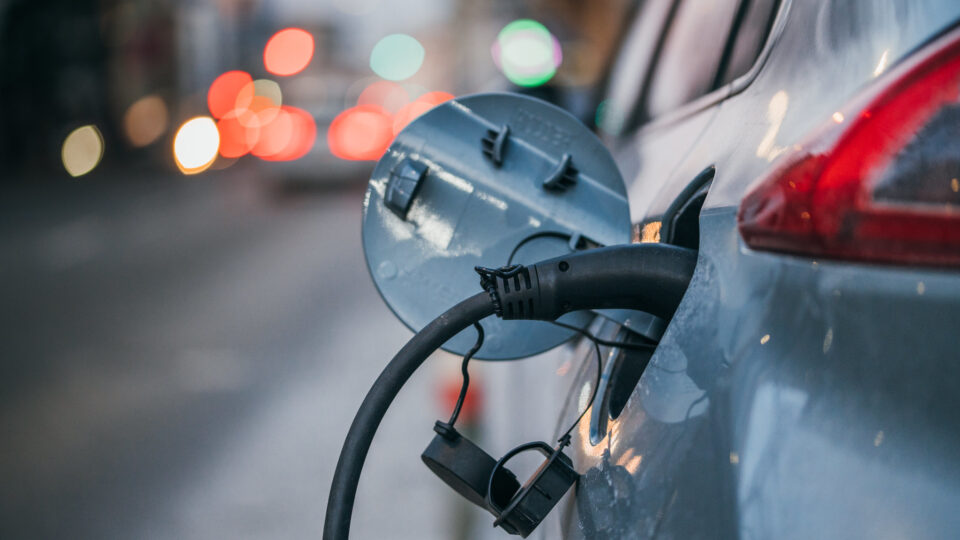There are more and more electric cars on the road and utilities are installing record amounts of battery storage to back up solar and wind power generation. Both of these things currently use lithium-ion batteries so the need for them keeps growing.
There is actually plenty of lithium in the world. Sources of more than 100 million tons have been identified, which is enough to meet the projected needs for decades. But lithium is not easy, cheap, or environmentally friendly to extract. It is either blasted out of rocks that are then roasted at 2000-degree temperatures, or it is extracted from brine in places like the high Andes where it leaves behind toxic residues. Ramping up lithium production could greatly diminish the environmental benefits derived from green technologies.
A technique called direct lithium extraction, or DLE, may be a possible solution. The lithium is pulled out of brine while leaving other dissolved compounds behind. It is being tested in many places around the world and appears to offer the lowest negative impacts of available extraction technologies.
The Salton Sea area in California has rich deposits of lithium and is a good candidate for DLE. But conditions may be even better in Arkansas whose Smackover Formation is a brine-rich expanse of limestone.
The area was a productive oil field a hundred years ago and then undertook brine-processing in the 1950s to extract bromine. So, the area already has industrial infrastructure and no new land would need to be cleared.
The former oil fields of Arkansas may become an important domestic source of lithium.
**********
Web Links
In Rush for Lithium, Miners Turn to the Oil Fields of Arkansas
Photo, posted February 26, 2021, courtesy of Ivan Radic via Flickr.
Earth Wise is a production of WAMC Northeast Public Radio
